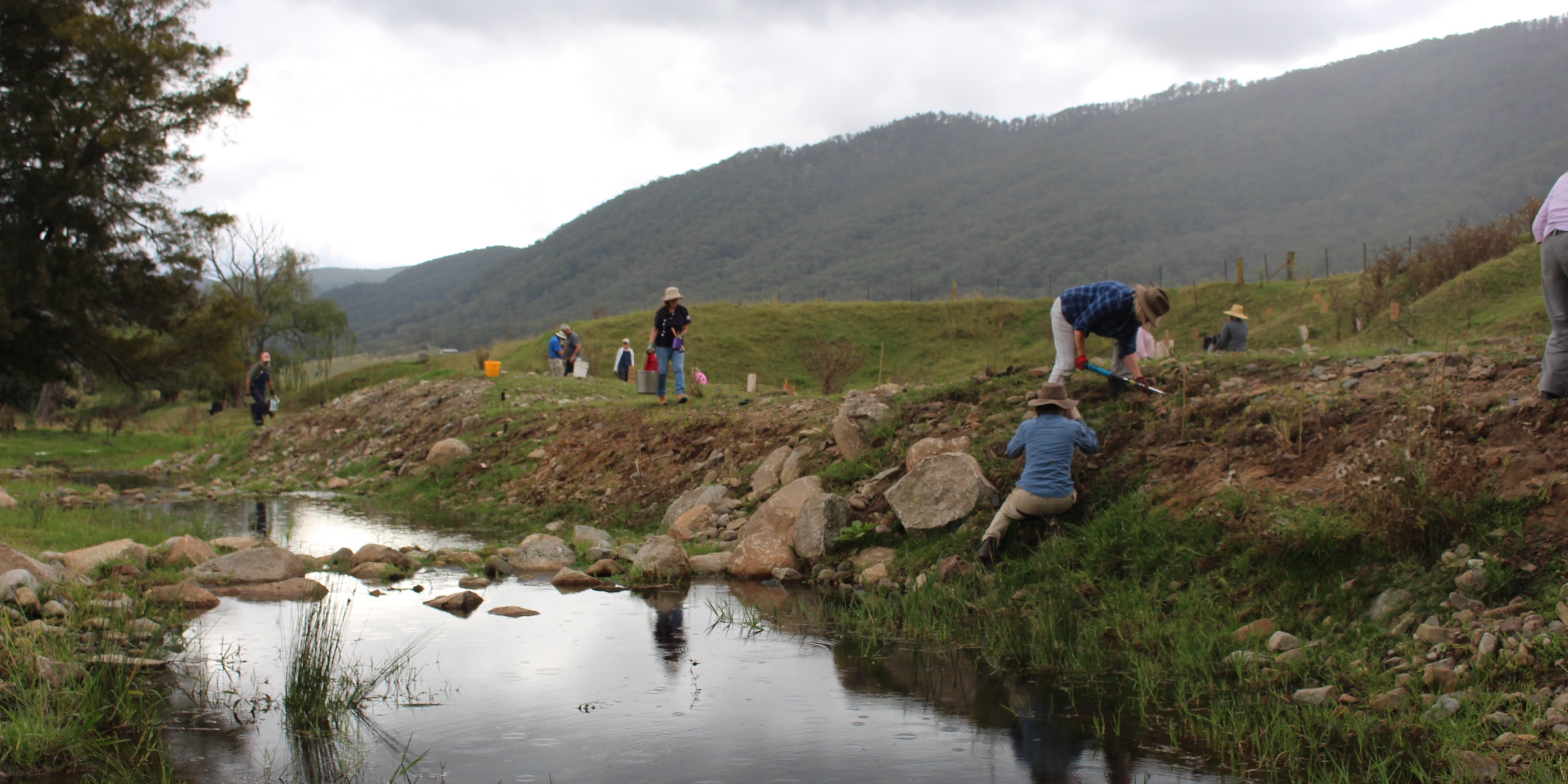How climate change is affecting community groups
We're already feeling the effects of climate change. While climate change impacts vary across NSW, there are some consistent changes. Weather across the state is becoming more variable, and extreme events such as bushfires, storms and floods are becoming more frequent and severe.
The effects of climate change for each community depends on where you live. Each region will experience the effects of climate change differently. To find out more about how the climate is changing where you live, try our interactive climate projection map, and visit the My Region page. Finding out more about what is happening to your climate can help you plan ahead.
Climate change will impact each community group in unique ways. This is because the impacts of climate change vary in each region of NSW and the interests, community of people, and the places that each community group supports are so diverse.
Climate change may affect certain groups more than others, for example vulnerable groups such as those with social or economic disadvantage and non-English-speaking communities are likely to be more affected. Rural and regional communities are also more likely to be affected by the impacts of climate change, as extreme weather events such as bushfires and drought affect the health, productivity and financial reserves of rural and remote communities. This places more stress on community groups in those areas.
General impacts of climate change on community groups include mental health issues associated with responding to climate events and caring for others. These mental health issues may be caused by fatigue and burnout, damage to community group premises, and the inability to meet with other members of the community.
It's important to think about how climate change will impact community group members as individuals, the logistics and operations of your organisation, and flow‑on impacts to the broader community. Thinking about how to manage impacts or provide alternatives for activities will be important to maintaining community connection.
Extreme weather will limit participation in recreational activities that are held outdoors and will also make some activity unsafe. For example, sports activities such as cricket or tennis can be unsafe to play in extreme heat, and large surf can make nippers and other surf life-saving activities dangerous. Rainfall and flooding can cut off access to sporting fields and other recreational sporting grounds.
Extreme climate events are disruptive and can disrupt group activities and events. If these disruptions are not prepared for and managed, the long-term participation of group members may be reduced.
Extreme climate events can also present challenges in providing a duty of care to look after the health and wellbeing of the group, such as those playing sports during extreme heat, or people participating in outdoor activities when air quality is reduced by bushfire smoke.
Community service organisations are highly diverse in their interests, the issues that are relevant to them, and the people within the community they support.
Community services organisations typically target people with social and economic disadvantage, including the homeless, new migrants, elderly people, people with disabilities, and non-English-speaking communities. It is these people in our community who are the most vulnerable to extreme weather events and the impacts of climate change. Many of these organisations provide vital frontline services during disasters to help their communities to recover.
It is important that community service organisations are prepared for the effects of climate change and extreme weather, and understand how these effects impact their clients, employees, and their ability to deliver services. For example, extreme events such as fires and floods can restrict access to communities and vital resources, making it difficult or impossible to deliver services and isolating some community members.
Frontline community service organisations already experience challenges associated with the impacts of climate change. For example, the 2019–20 bushfires saw thousands of rural firefighters work for weeks fighting catastrophic fires, leading to mental health impacts, fatigue and burnout.
Warming temperatures, increasing severity and frequency of heatwaves and changed rainfall patterns due to climate change are affecting our natural environment. These changes are challenging community groups that focus on environmental outcomes.
The impacts of climate change, such as floods, drought and fires can make other environmental stresses worse. For example, many ecosystems already experience habitat loss, invasive species and limited water resources. Climate change can make the impacts of these stresses worse.
Environmental community groups, such as Landcare, can become distressed as climate change threatens to undo decades of work. For example, as storms become more frequent and severe, re-vegetated areas may deteriorate or be wiped out completely. Damage to these areas also reduces the environmental value to the broader community.
A changing climate may encourage new weed species, change rainfall, and increase extreme events and erosion. It can also make it more challenging to understand what sort of regeneration is required, as different plants are adapted to certain climates. As climate change affects environments across all of NSW, it may become difficult to find enough suitable plants to regenerate large areas.
Daily activities and operating an environmental group in a changing climate will become difficult. Extreme weather and climate hazards need to be accounted for and provisions for community members to cope must be put in place. For example, establishing protocols to avoid planting activities on high-temperature days.
Case studies
The Restore and Renew webtool provides simple, science-backed guidance to improve restoration projects across New South Wales. In the Hunter Valley, it is helping to rebuild climate-ready, genetically diverse populations of the River Red Gum.

The Yass Area Network of Landcare Groups is is using the Restore and Renew webtool to guide seed selection for their Climate Ready Revegetation Project.

